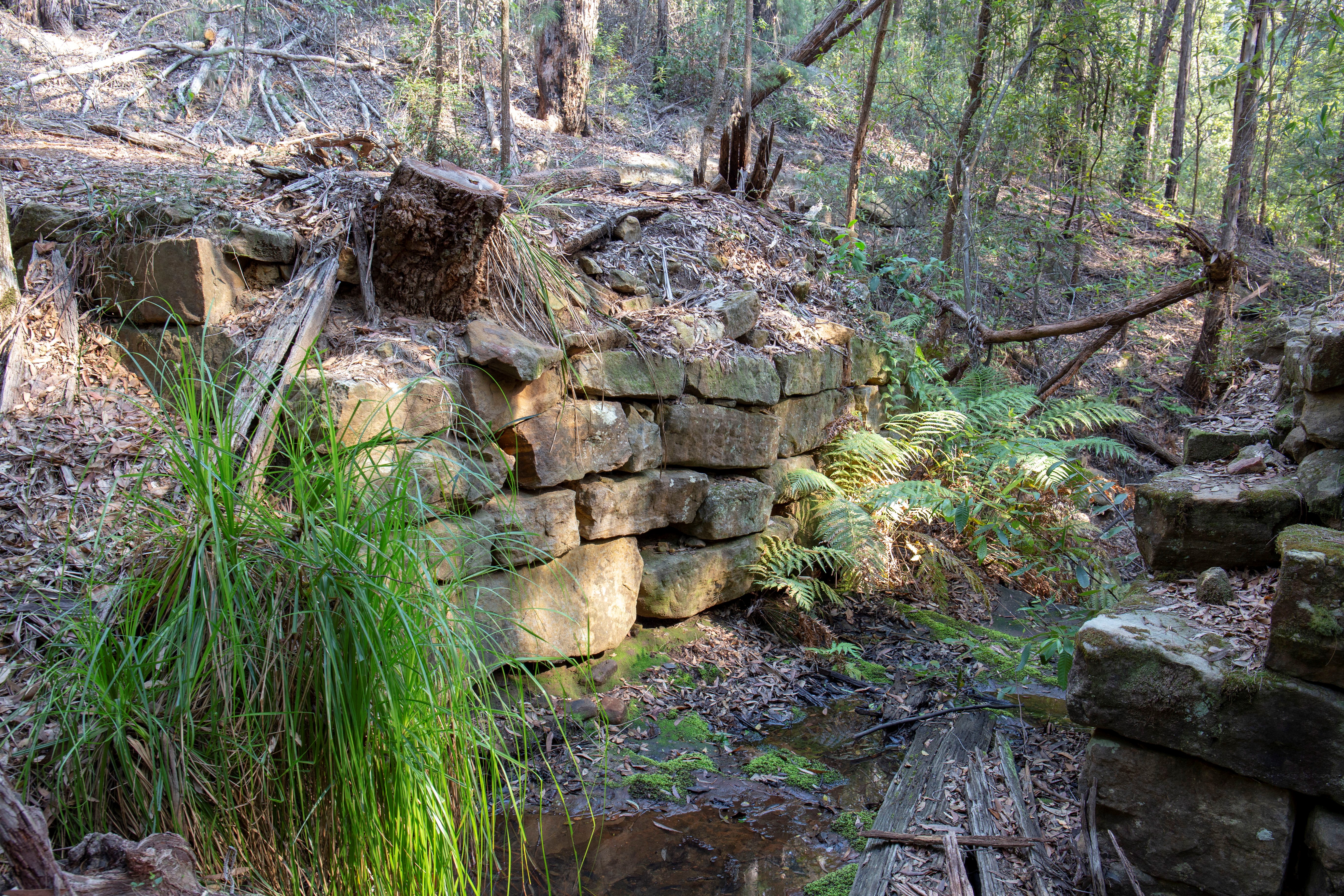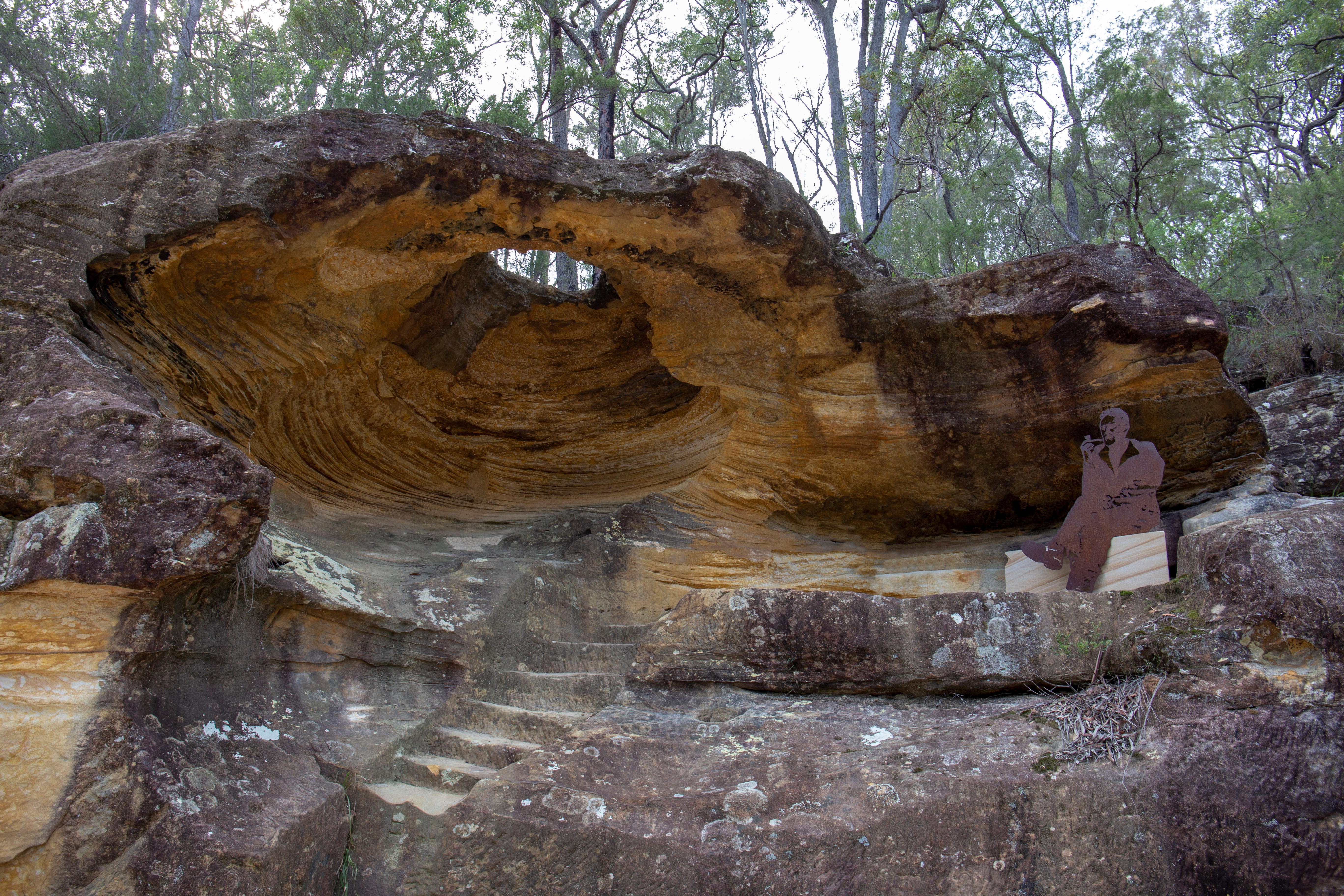Convict Trail

Modern Australia was founded as a convict settlement. Banished from their homeland, these men and women found themselves in a totally new environment – harsh, hot, dry and decidedly less fertile than the land they left behind. For many, the new colony provided an opportunity to become enterprising individuals who laid the foundation for a great nation. As the settlement grew, convicts were sent to build infrastructure such as roads and bridges and to open new industries. The Convict Trail is a monument to these former felons, and a tribute to their work.
Between 1804 and 1822 convicts who committed another crime after arriving in the Colony had been banished to the penal settlement at Newcastle, then only accessible by sea. In 1826 re-offending convicts were put to work on one of 19th century’s greatest engineering feats in Australia – the Great North Road.
Extending north from Sydney to the Hunter Valley, the Convict Trail follows the route of the 240 km Great North Road, built between 1826 and 1836. Most of this road continues to be used today, offering an alternative, slower paced scenic route between Sydney and the Hunter, where one can explore the brilliant engineering works created by hundreds of convicts – many working in leg-irons.

Relics such as stone retaining walls, wharves, culverts, bridges and buttresses can still be seen along the entire length of the Great North Road – in Sydney suburbs like Epping and Gladesville, at Wisemans Ferry or Wollombi, Bucketty or Broke, or when walking in Dharug and Yengo National Parks.
Click here to download a map of the Great North Road. This map is available in hard copy at the Singleton Visitor Information Centre.
Visit the Convict Trail Project website for more information.